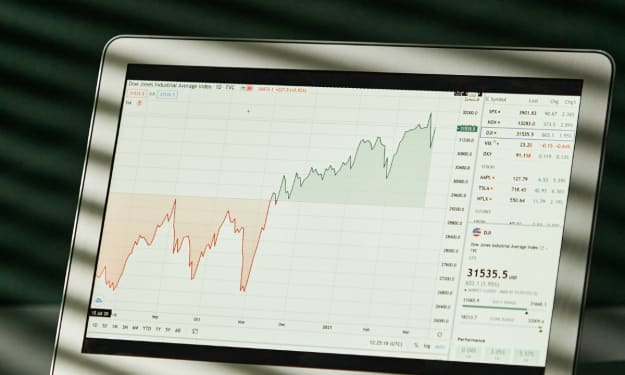
The metric system has been a subject of curiosity and debate in the United States for centuries. Many Americans wonder why the country hasn't fully embraced the metric system like the rest of the world. This article will explore the historical journey of the United States towards metrication, shedding light on its intriguing twists and turns.
The French Revolution's Influence
The origins of America's connection with the metric system can be traced back to the French Revolution. During this period, France sought to replace its idiosyncratic and traditional measurements with a more rational and decimal-based system. The metric system provided a standardized approach to measurements, making commerce, trade, and taxation more straightforward. At the same time, the United States was in a prime position for metrication, with influential figures like Francophile Thomas Jefferson, who championed a decimal-based system of weights and measures.
The Ill-Fated Attempt at Metrication
In 1793, France sent botanist and aristocrat Joseph Dombi to demonstrate the metric system to Thomas Jefferson in the US. Tragically, Dombi's ship was caught in a storm, he was captured by British privateers, and eventually died in prison. Despite this setback, Congress was not yet prepared to adopt the metric system. Political upheavals and uncertainties surrounding Napoleon's rise and fall in France made it unclear whether the metric system would survive there. Additionally, the US's main trading partner, Great Britain, still used the inch and pound, which further deterred the country from fully embracing the metric system.
The Treaty of the Meter and Partial Adoption
Despite the reluctance to embrace the metric system fully, the United States was one of the 17 signatories to the Treaty of the Meter in 1875, officially recognizing the meter and the kilogram as fundamental standards of length and mass. This recognition established a subtle connection between the US's customary units and the metric system.
Industrialization and Resistance
The late 1800s witnessed significant industrial growth and westward expansion in the United States. Powerful industrialists strongly opposed metrication, citing the prohibitively expensive cost of replacing equipment and its potential impact on American industry. Nevertheless, the US government continued to inch closer to the metric system by officially acknowledging the meter and kilogram as reference standards.
The Globalization of the Metric System
As the world's economies became more interconnected in the mid-1900s, the metric system gained momentum. The UK's metrication in 1965, driven by the desire to enhance trade with the European Common Market, was part of the general trend towards metric across the globe. In 1971, Congress published a report titled "A Metric America: A Decision Whose Time Has Come," urging the country to transition to the metric system within the next decade.
The Toothless Metric Conversion Act of 1975
Despite the report's recommendations, the Metric Conversion Act of 1975, signed by President Gerald Ford, was a non-binding, voluntary initiative. Polls from that time revealed significant resistance to metrication among Americans. However, some American businesses, including DuPont, Caterpillar, Ford, IBM, GM, John Deere, and Xerox, recognized the economic benefits and voluntarily switched to the metric system. They found that the transition process was cost-effective and yielded substantial savings.
Partial Metrication in Everyday Life
While large corporations and government agencies gradually adopted metric measurements when it made economic sense, the adoption of the metric system in individuals' daily lives has been slower. The coexistence of US customary units and metric units has led to some occasional mishaps, such as NASA's infamous Mars Climate Orbiter incident, where the use of different units led to a costly navigation error.
The Future of Metrication in the US
In recent years, there has been a renewed interest in metrication, with some states introducing metrication bills. Metrication experts argue that the US is already more metric than people realize, as evidenced by the use of metric units on food labels and pharmaceutical products. As the world becomes more interconnected, the gradual shift towards full metrication in the US is likely to continue.
Conclusion
The journey towards metrication in the United States has been a long and complex one. From its early fascination with the system during the French Revolution to its partial adoption in various sectors, the American metric system saga continues to evolve. As the world becomes increasingly globalized, the question remains: Will the US finally embrace the metric system entirely, or will it continue to straddle both metric and customary units for years to come? Only time will tell.





Comments
There are no comments for this story
Be the first to respond and start the conversation.